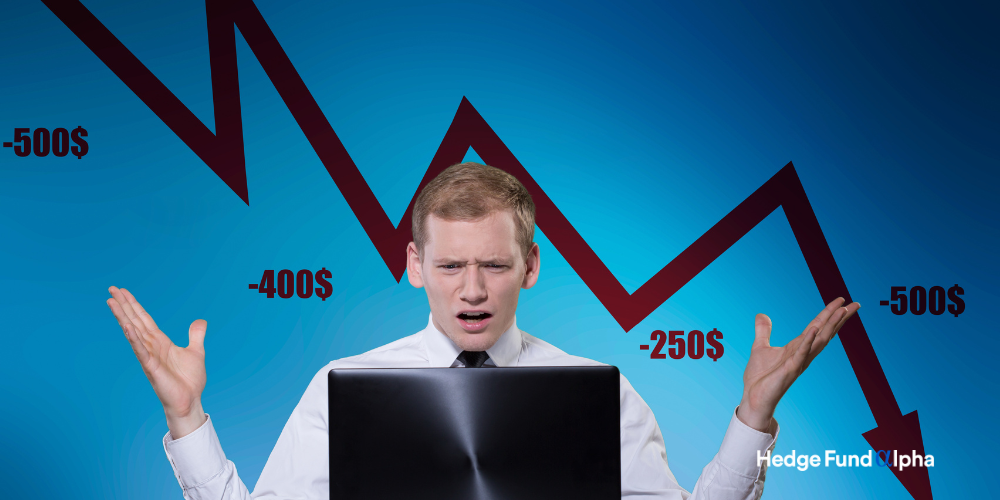Looking back at the S&P 500 Index in 2023, the return of the Index was dominated by a small number of mega cap stocks termed the magnificent seven. While these stocks accounted for a significant portion of the overall return, many investors will look at that experience and try to draw all sorts of conclusions. One might decide that investing alongside the S&P 500 Index makes the most sense in the hopes that similar performance will repeat. On the other hand, it’s possible that avoiding the magnificent seven entirely and simply owning the other 493 stocks in the Index will have the highest probability of success. What does history tell us and how can that potentially lead us to better outcomes?
Markets occasionally go to the extremes, and chasing those extremes can prove to be a bad idea. To the upside, these events are often driven by excitement over the most popular stocks. While it can be very tempting to follow the herd, history suggests that investors may live to regret it.
For example, consider the lost decade following the 1990’s Tech Bubble. With a starting forward price to earnings ratio (P/E) of 29.56 on 12/31/1999, it is easy to see why the S&P 500 Index struggled over the next decade as there is a clear inverse relationship between equity market valuation and long-term forward returns.
Lost decades are exceedingly rare, but the damage can be real. It is better to act now than be caught unprepared. While the S&P 500 Index is not as expensive today as it was in 1999, its top-heavy nature suggests both rich valuations in those names as well as better opportunities deeper in the market. For example, while the S&P 500 Index posted a flat return over the following decade after 1999, the S&P 500 Equal Weighted Index experienced an annualized total return of 6.56% over the same period, 6.15% higher than the cap-weighted version of the Index.
Although we do not expect a similar lost decade going forward, the recent narrow market rally has created a swath of the equity market that is extremely expensive by historical norms and many others that are inexpensive.
The S&P 500 Index is trading at over 22 times forward earnings as of 12/31/2023, whereas the equal-weighted version of the same 500 companies is trading at 18 times forward earnings. This represents a 22% discount for each dollar of expected earnings compared to the capitalization-weighted Index.
This valuation gap comes after the S&P 500 Index has outperformed the equally weighted S&P 500 Index by an extreme margin. Historically, when the S&P 500 Index has gotten so far ahead of its equal-weighted version, the latter has gone on to outperform significantly.


Looking at history, we can conclude that avoiding market extremes gives investors the highest probability of success. The current narrow market presents opportunities to invest at attractive valuations in areas that we think have significant upside. We are happy to pay a discount for expected earnings and strong return potential compared to those chasing the performance of the capitalization-weighted Index.
That doesn’t mean one should completely avoid those companies that have positive momentum, strong earnings, and growth potential. However, it does suggest moderation and caution where lofty multiples are concerning. Making investments in quality companies at lower valuations is a great way to potentially avoid a lost decade. Today’s equity market offers a host of opportunities to do just that in our opinion.
For more news, information, and analysis, visit the ETF Strategist Channel.
Article by Gary Stringer, Kim Escue, & Chad Keller, Stringer Asset Management, ETF Trends

